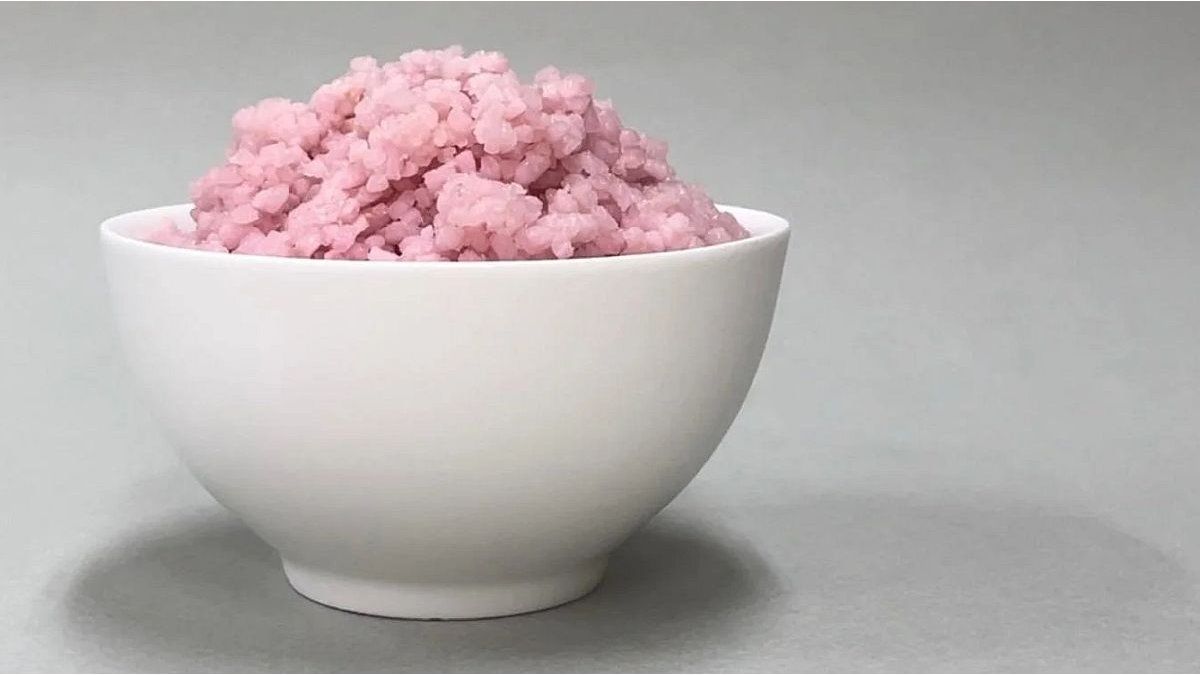South Korean scientists created a new type of hybrid food that mixes rice and beef cellswhich according to them could contribute to solve food crises and would mean progress in the context of climate change.
This new rice was grown in the laboratory by researchers at Yonsei University in Seoul and contains beef muscle and fat cells.
The result looks like rice that, according to the team, could offer an alternative to meat, both less expensive and more ecologically sustainable, and with a lower carbon emission.
“Imagine that we get all the nutrients we need from protein-enhanced rice grown on cells,” said Park So-hyeon, co-author of the study.
“Rice already has a high level of nutrients, but by adding cells from cattle it will increase even more,” he said in a press release published Wednesday, when it appeared in Matter magazine.
The rice grains were coated with fish gelatin to help the beef cells adhere, and then cultured for 11 days.
According to the team of researchers, compared to ordinary rice, the final product contained 8% protein and 7% additional fat, while being harder and more crumbly than natural grains.
The latest version created in the laboratory leaves a clearly lower carbon footprint than meat, since it does not require raising animals, which consumes “many resources and water and releases a lot of greenhouse gas”Park declared.
Per 100 grams of protein produced, hybrid rice is estimated to release less than 6.27 kg of carbon dioxide, or eight times less than beef production, according to the press release.
If commercialized, this hybrid rice would constitute a much less expensive option for South Korean consumers, with a selling price estimated at about $2.23 per kilo, when the price of beef is about $15.
The team plans to further improve this new rice between now and its commercialization, so that the cells can develop better in the grains, thus increasing their nutritional value.
“I now see a whole world of possibilities for this hybrid food,” Park said.
“It could also become a great food aid in case of hunger, be integrated into military rations or even feed astronauts.”
Source: Ambito
I am an author and journalist who has worked in the entertainment industry for over a decade. I currently work as a news editor at a major news website, and my focus is on covering the latest trends in entertainment. I also write occasional pieces for other outlets, and have authored two books about the entertainment industry.




